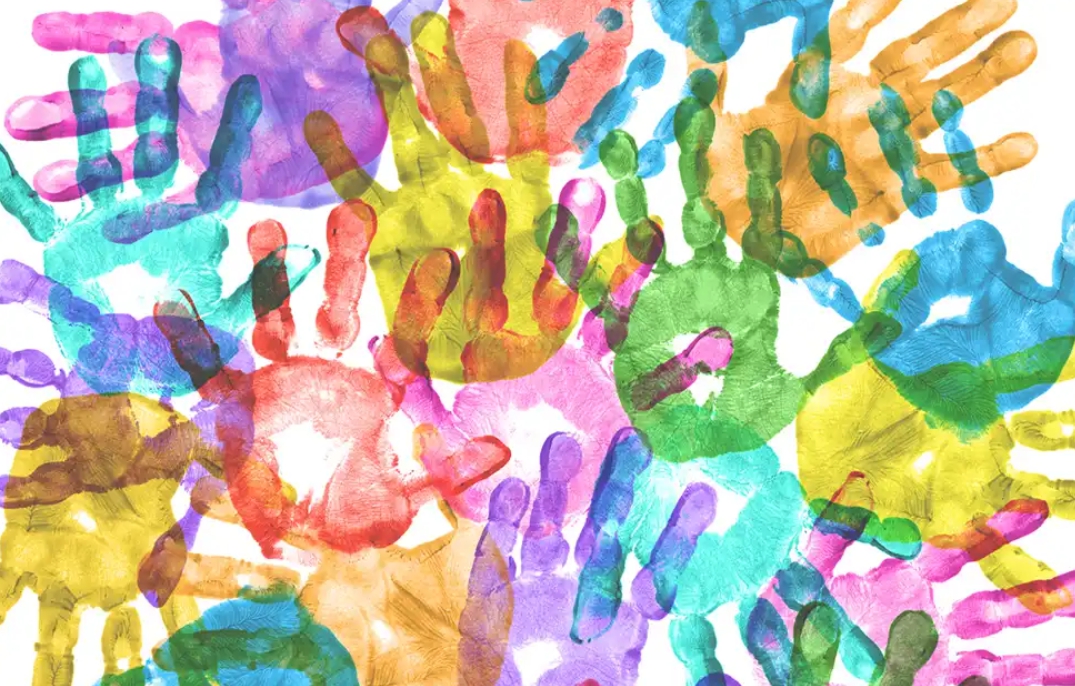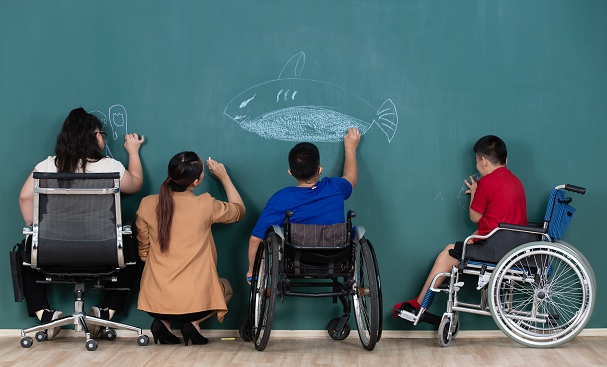 Editor’s Note: This story is part of an ongoing effort to raise awareness about rare diseases and highlight the urgent need for research, policy change, and patient advocacy. While each condition may affect only a small population, together, rare diseases represent a significant global health challenge.
Editor’s Note: This story is part of an ongoing effort to raise awareness about rare diseases and highlight the urgent need for research, policy change, and patient advocacy. While each condition may affect only a small population, together, rare diseases represent a significant global health challenge.

The Urgent Need for Research and Awareness
Rare diseases affect millions of people worldwide, yet they often remain overlooked in medical research and public discourse. They are defined as conditions that impact a small percentage of the population; rare diseases affect an estimated 300 million people globally. Despite this significant number, patients with rare diseases frequently face delayed diagnoses, limited treatment options, and a lack of public understanding. Increased research funding and awareness initiatives are essential to improving the lives of those affected by these conditions.
Understanding Rare Diseases
A disease is classified as rare if it affects fewer than 200,000 people in the United States. There are more than 7,000 types of identified rare diseases; many are genetic and others are present from childhood or birth. Examples include Alagille Syndrome, a genetic disorder affecting the liver, heart, and other body parts due to abnormalities in bile ducts, and Periodic Fever Syndromes, which causes recurring episodes of inflammation and fever.
Because many rare diseases are complex and poorly understood, patients often endure years of medical uncertainty before receiving an accurate diagnosis. These experiences, also known as the diagnostic odyssey, can last an average of 5 to 7 years and involve multiple misdiagnoses, unnecessary treatments, and emotional distress.
Challenges in Research and Treatment
One of the biggest obstacles to rare disease research is the lack of funding. Pharmaceutical companies often prioritize conditions that have larger patient populations, because they provide a higher return on investment. Developing treatments for rare diseases is expensive, and without financial benefits, many companies hesitate to pursue research in this field.
Additionally, rare diseases pose challenges in clinical trials. Limited patient populations and finding enough participants to conduct statistically significant studies can be difficult. Moreover, because symptoms and severity levels can vary among patients, developing a one-size-fits-all treatment is impossible. Personalized medicine—tailoring treatments to an individual’s genetic makeup—offers hope, but it remains an expensive and evolving field.
The Importance of Awareness
Raising awareness about rare diseases is crucial for improving diagnosis, securing funding, and driving policy changes. Awareness campaigns help educate both the public and medical professionals, leading to earlier detection and intervention. Events such as Rare Disease Day, observed on the last day of February, play a key role in boosting patient voices and advocating for research advancements.
Social media has also become a powerful tool in spreading awareness. Patient advocacy groups, influencers, and medical professionals use platforms like Instagram and TikTok to share personal stories, fundraise, and push for changes. Increased visibility helps break down misconceptions and fosters a greater sense of community.

Advancements in Research
Despite challenges, there have been notable breakthroughs in rare disease research. Gene therapy, for example, has shown promise in treating genetic disorders by correcting defective genes. One of the most well-known successes is Zolgensma, a gene therapy for Spinal Muscular Atrophy (SMA), which has significantly improved outcomes for children with this condition.
According to the Children’s Hospital Los Angeles, Greigh was their first patient diagnosed with Spinal Muscular Atrophy. The three-year-old baby underwent Zolgensma for treatment, and two months after the infusion, Greigh’s family reported back saying it was a success, setting him on a path to a normal childhood.
Additionally, the rise of precision medicine has enabled doctors to customize treatments based on genetic profiles, offering hope for conditions previously considered untreatable. Advances in CRISPR gene-editing technology and stem cell research also hold great potential for future therapies.
The Role of Advocacy and Policy Change
Patient advocacy groups play a critical role in influencing research priorities and policy decisions. Organizations such as the National Organization for Rare Disorders (NORD) work to connect patients with resources, advocate for increased funding, and encourage pharmaceutical companies to invest in rare disease treatments.
Government initiatives, such as the Orphan Drug Act (1983) in the United States, have incentivized drug development for rare diseases by offering tax credits, grants, and extended market exclusivity for approved treatments. Continued advocacy for similar policies worldwide is necessary to sustain progress in this field.
How Individuals Can Make a Difference
Although large-scale research efforts and policy changes depend on institutional backing, individuals can also contribute to rare disease awareness and research progress in meaningful ways:
-Educate Yourself and Others – Learning about rare diseases and sharing information can help clarify misconceptions. The more people understand rare diseases, the better the chances of early detection and more effective treatment.
-Support Advocacy Groups – Donating or volunteering with rare disease organizations can provide critical funding for research and patient support.
-Participate in Awareness Campaigns – Engaging in Rare Disease Day events, social media, or local fundraisers can help raise patient voices.
Shaping the Future of Rare Disease Awareness
Rare diseases may individually affect small populations, but collectively, they represent a major global health challenge. Increased funding, research, and awareness efforts are really important for improving early diagnosis, expanding treatment options, and finding cures. Through advocacy, education, and scientific advancements, we can ensure that those affected by rare diseases receive the attention and care they deserve. Every voice matters in the fight to bring these conditions out of the shadows and into the forefront of medical progress.
<Allyson Park Student Report> LACHSA (Los Angeles County High School for the Arts)addising16@gmail.com







